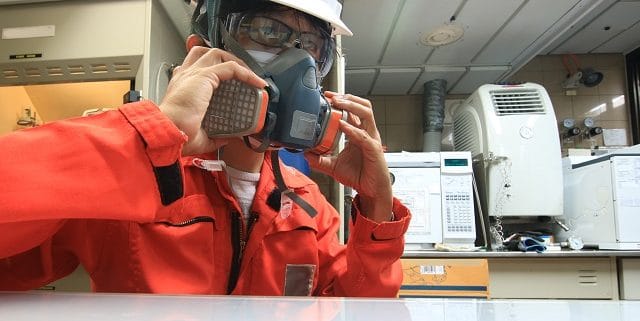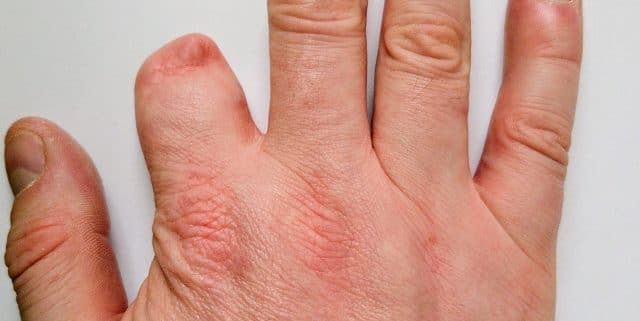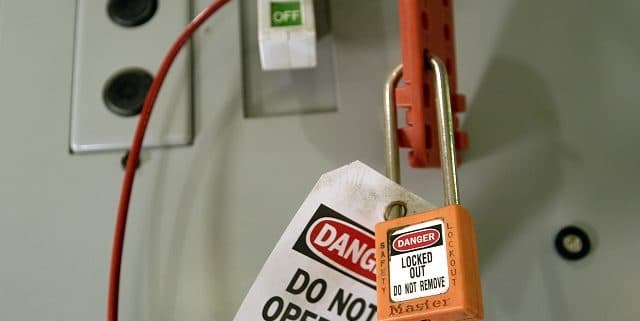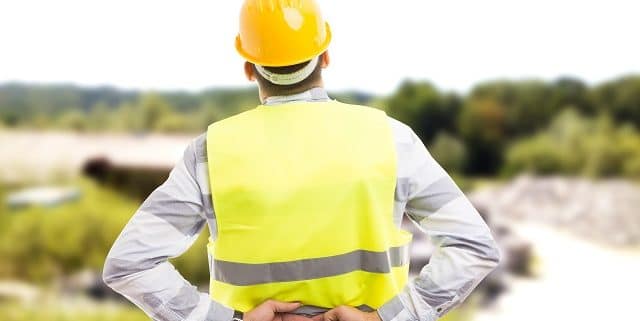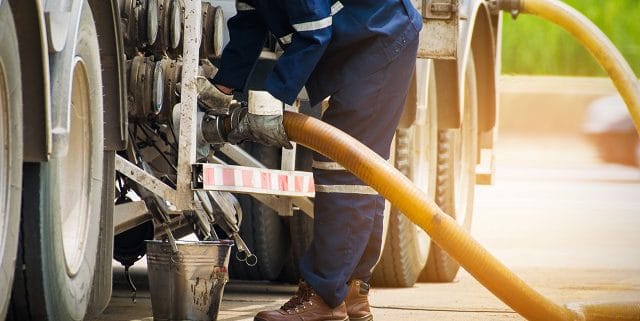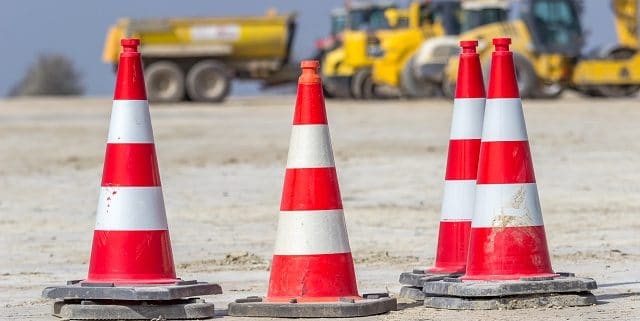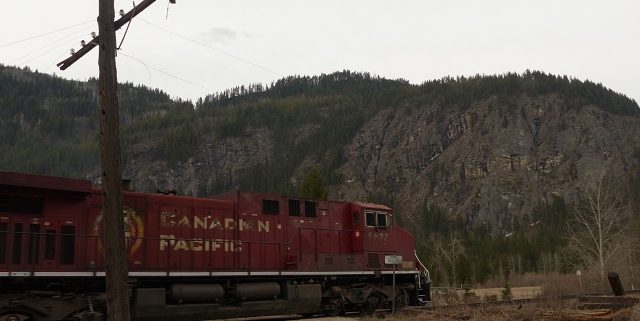Choosing the Right Respirator
Respirators cover everything from simply sweeping the shop floor all the way up to entering an area with H2S. Knowing which respirator is needed for the job is crucial. Respirators fall into two categories: air purifying and supplied air (with some sub categories). let’s break it down.
Air purifying respirators will be the most common on site. These respirators will not protect you against oxygen deficient areas or heavily toxic areas. They are mostly designed to keep out particles and some gases. Under this category are, dust masks, half and full masks and powered air purifying respirator or PAPR. Make sure to read the MSDS to ensure you are using the right cartridge or filter for the job.
Air supplying respirators are used in the most hazardous areas. This is what you would wear to do a H2S rescue or to enter other very toxic or oxygen deficient areas. They include self contained breathing apparatus or SCBA and positive pressure air line respirators.
On most sites there will be some training that goes along with your respirator. You will learn about which respirator is required for a certain job, how to store it and how to clean it. For some jobs, respirators are optional but I strongly encourage you to take advantage of using them. Even though you may be working in an area that does not cause immediate harm, over time, whether it’s painting, welding or even sweeping, these particles or vapors can build up in your lungs and cause you all sorts of damage. So mask up and be safe.

